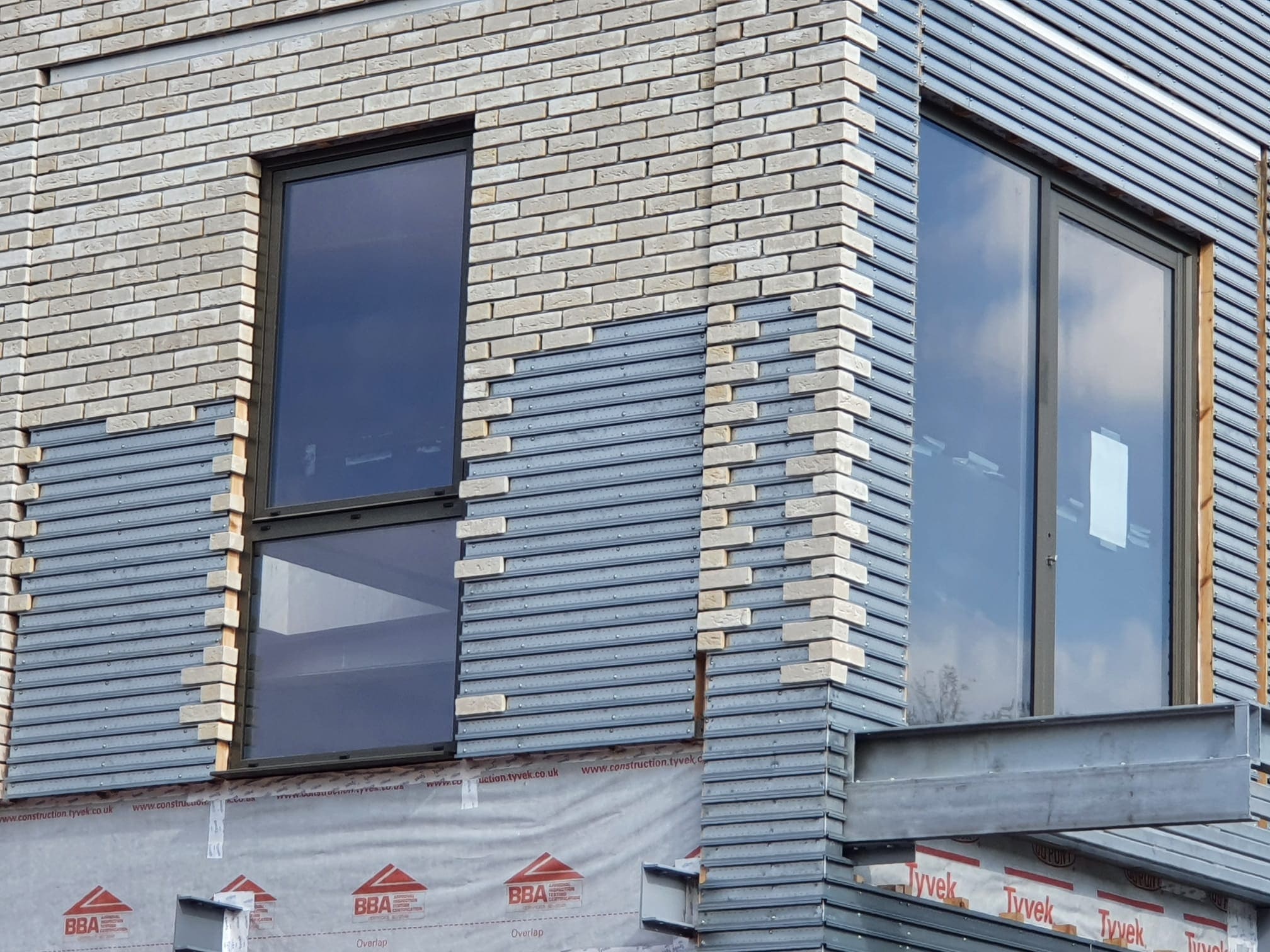 Mary-Anne Bowring 07/08/2025
Mary-Anne Bowring 07/08/2025
 0
0
 0
0
HMO Market Trends
The cost-of-living crisis remains a dominant force in the housing market. More tenants are opting for shared accommodation to manage increasing rents. As reported by property platforms, UK rental prices rose by over 7 per cent year-on-year by the end of 2024. This trend has carried into 2025, keeping HMO yields strong. Average returns for HMOs remain around 7.5 per cent, compared to 3.6 per cent for single-let properties.
Landlords have responded to changing tenant expectations by improving property quality. Demand has increased for en-suite bathrooms, modern interiors, and high-speed broadband. This focus on higher standards is partly driven by upcoming regulations and tenant preferences, which are steadily pushing out lower-quality options.
There has also been a rise in portfolio diversification. More landlords are entering the HMO market, especially those with only one to three properties. Specialist lenders reported that HMOs made up over one-third of buy-to-let business in 2024, with continued momentum into 2025.
Another emerging trend is the conversion of single-let homes into HMOs. This approach has been especially popular in the North of England, where property prices remain affordable. The goal is to maximise rental income in the face of higher borrowing costs.
Mortgage Trends for HMOs
The mortgage market for HMOs has seen gradual shifts in early 2025. Interest rates have begun to stabilise, with the Bank of England holding its base rate at 4.5 per cent. Although this is a welcome change after the peak of 5.25 per cent in 2024, HMO mortgage rates remain higher than standard buy-to-let products. Two-year fixed HMO rates average between 4.5 per cent and 5 per cent, while five-year options sit closer to 6 per cent, depending on loan-to-value ratios.
Lenders have adjusted their offerings to attract more HMO borrowers. In early 2025, The Mortgage Works introduced competitive rates for larger HMOs. Lendco also reduced its HMO rates in February, while United Trust Bank took a more cautious route by raising rates slightly in January.
There has also been progress in mortgage availability. The number of HMO mortgage products has reached its highest level in over a decade. Lenders like Landbay reintroduced 80 per cent LTV options for smaller HMOs, and Kent Reliance broadened its criteria to allow larger properties outside Article 4 areas, provided they meet minimum standards.
Despite wider choice, financing remains more complex for HMOs. Borrowers typically need larger deposits of 20 per cent to 25 per cent, and first-time landlords often face stricter requirements. Some lenders ask for minimum annual incomes or prior experience in property ownership.
Regulatory Changes in the Houses in Multiple Occupation (HMO) Market
The regulatory environment will tighten further in 2025. Councils have increased enforcement around HMO licensing. Some authorities extended licensing to smaller properties with as few as three tenants. Depending on location, licensing costs now vary from £600 to £1,000.
The use of Article 4 directions has expanded. In February, cities like Leeds and Bristol added new zones, requiring planning permission for smaller HMOs. These restrictions have created extra hurdles and costs for landlords hoping to convert properties in those areas.
New fire safety rules came into effect in March 2025. All HMOs must now have interlinked smoke and heat detectors and fire doors in kitchens and on every floor in three-storey homes. These updates reflect the government’s push to improve safety and property standards. However, they come at a cost, with average refurbishment bills of around £41,000 per property.
Top Investment Locations for Houses in Multiple Occupation (HMO)
Several UK cities have stood out in Q1 2025 for their HMO potential.
1) Manchester remains a top choice. With five universities and competitive property prices, yields in areas like Fallowfield and Withington often exceed 10 per cent.
2) Liverpool has also proven popular. Affordable terraced houses and ongoing regeneration projects support yields of 8 per cent to 12 per cent.
3) Stoke-on-Trent offers strong returns and low entry costs. With property prices averaging £158,000, investors have been converting larger homes to target student demand.
4) Leeds continues to attract investors with capital growth and rental demand, although new planning rules may slow development in central areas.
5) In London, Barking and Dagenham provide some of the capital’s most affordable options. Strong transport links and rising interest from young professionals support yields of up to 9 per cent.
Notable HMO Stories (Houses in Multiple Occupation)
In Manchester, a group of investors transformed a rundown eight-bedroom property into a luxury HMO. The project, completed in January, now earns £4,000 per month and yields 12 per cent annually. In February, a Stoke-on-Trent landlord converted a six-bedroom property to accommodate university students. With each room renting for £450, the yield reached over 11 per cent. In March, a landlord in Bristol was fined £20,000 for failing to meet new fire safety standards. This case highlighted the importance of compliance in 2025.
Houses in Multiple Occupation (HMO) Outlook for 2025
The year has begun with strong demand, steady yields, and growing regulatory oversight. Interest rate cuts expected later in the year could stimulate further investment. Success in the HMO sector now depends on choosing the right location, meeting higher tenant standards, and keeping pace with regulations.
FAQs
Are Houses in Multiple Occupation (HMO) investments still profitable in 2025?
Yes. HMO yields remain significantly higher than single-let properties, especially in high-demand areas.
Do new regulations affect all Houses in Multiple Occupation (HMO)?
Most new rules, including fire safety standards and licensing enforcement, apply broadly across the sector. Local requirements may vary.
Is it harder to get an Houses in Multiple Occupation (HMO) mortgage?
HMO mortgages are more complex. They often require larger deposits and stricter lending criteria, especially for first-time landlords.





Meet our Expert Property Commentators



























